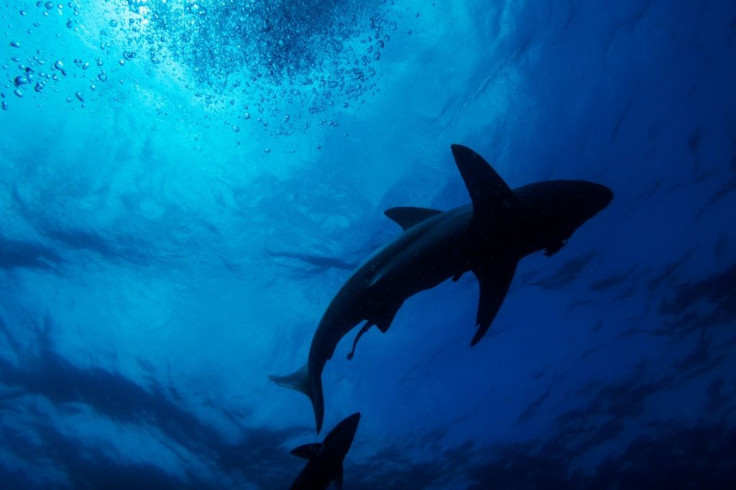Remains Of 3,000-Year-Old Shark Attack Victim Found In Japan, Researchers Recreate Incident
KEY POINTS
- The remains of a man who died of a shark attack about 3,000 years ago was found in Japan
- The shark attack victim had 790 tooth marks to the bone and had lost his left hand during the encounter
- Researchers used 3D modeling to recreate the incident between Tsukumo No. 24 and the shark that attacked him
Scientists have discovered the world's oldest shark attack victim on record. According to researchers, the prehistoric man had at least 790 tooth marks and suffered fatal wounds.
Tsukumo No. 24, found in the Seto Inland Sea of the Japanese archipelago, is now the oldest shark attack victim on record. Using forensic techniques and archaeological science, a group of researchers was able to identify the cause of the man's death, which happened about 3,000 years ago.
Published in the Journal of Archaeological Science: Reports, the study used 3D modeling to identify the pattern of the victim's injuries.
"We were initially flummoxed by what could have caused at least 790 deep, serrated injuries to this man," said Oxford researchers J. Alyssa White and Professor Rick Schulting. "There were so many injuries and yet he was buried in the community burial ground, the Tsukumo Shell-mound cemetery site."
3,000 year-old skeleton of a shark attack victim found in Japan! The most likely culprits were a great white or tiger shark. pic.twitter.com/4LL8WcIcwA
— Tyler Greenfield (@TylerGreenfieId) June 23, 2021
The Oxford researchers teamed up with George Burgess, Director Emeritus of the Florida Program for Shark Research, to reconstruct the shark attack and identify more clues in the prehistoric man's death, CNET reported.
"The injuries were mainly confined to the arms, legs, and front of the chest and abdomen. Through a process of elimination, we ruled out human conflict and more commonly-reported animal predators or scavengers," the researchers said.
The man is believed to have died between 1370 and 1010 BC. During the time of his death, the victim is suspected to have been alive when the shark attack occurred and that his left hand was lost in the gruesome encounter. The man's right leg was also missing when he was discovered, according to Eurekalert.
"Given the injuries, he was clearly the victim of a shark attack. The man may well have been fishing with companions at the time since he was recovered quickly. And, based on the character and distribution of the tooth marks, the most likely species responsible was either a tiger or white shark," the researchers said.
Tsukumo No. 24's discovery offers a new perspective on ancient Japan as well as the possibilities that come with being able to reconstruct moments during the prehistoric era.
"It's not clear if Tsukumo 24 was deliberately targeting sharks or if the shark was attracted by blood or bait from other fish," said Dr. Mark Hudson, co-author of the study and a researcher at the Max Planck Institute.
"Either way, this find not only provides a new perspective on ancient Japan but is also a rare example of archaeologists being able to reconstruct a dramatic episode in the life of a prehistoric community," Hudson added.

© Copyright IBTimes 2025. All rights reserved.





















